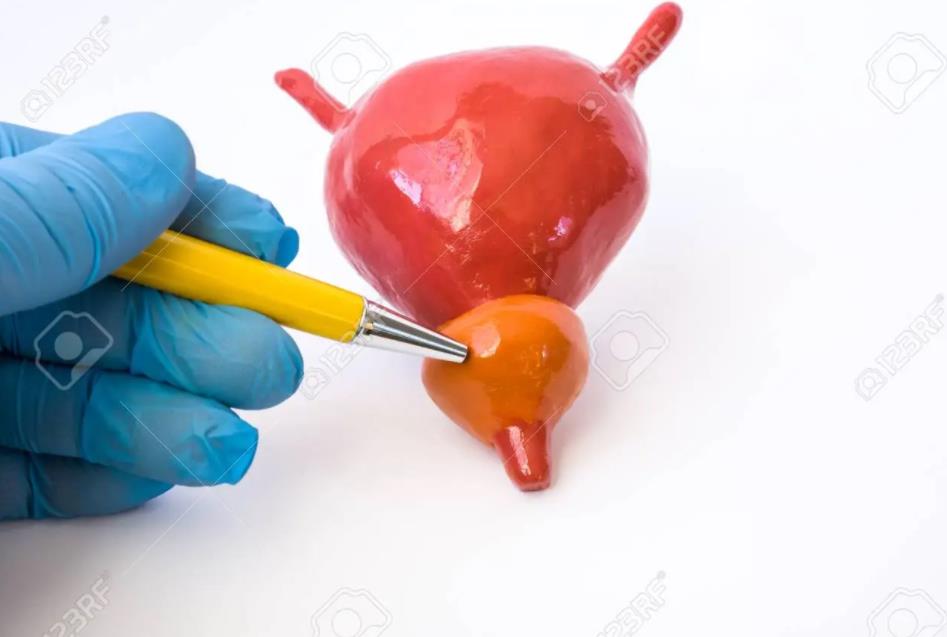Bladder & Pelvic Pain
Overview
What is Bladder & Pelvic Pain
Urologic Institute offers a comprehensive and rapid access service for private patients seeking expert treatment for Bladder & Pelvic Pain.
Painful bladder syndrome (also called chronic pelvic pain syndrome) includes a wide variety of pain syndromes, which affect the organs of the pelvis including the bladder, urethra, vagina, groin and prostate in men, and the lower back.

Symptoms
The classical symptoms of PBS/IC are frequency, urgency and bladder (pelvic) pain
In early or mild cases, the need to go to the toilet very frequently may be the only symptom. In more severe cases, people may need to go to the toilet up to 60 times during a 24 hour period.
Other symptoms include:
- A significant characteristic of PBS/IC is pain increases during urination
- Pain is often made worse by sexual intercourse (ejaculation in men)
- Symptoms may worsen for women during menstruation
Causes
It is not clear exactly what causes interstitial cystitis. One theory is that IC is an autoimmune response following a bladder infection. The infection and the body’s defences damage the lining of the bladder, allowing urinary toxins to infiltrate the bladder wall and set up an inflammatory reaction. The inflammatory reaction damages nerve endings, which become sensitised, and the pain worsens, independent of the bladder or other pelvic organs.
One field of research has focused on the layer that coats the lining of the bladder called the glycocalyx. This consists mainly of substances called mucins and glycosaminoglycans (GAGs). This layer normally protects the bladder wall from toxins within urine.
Diagnosis
PBS is a diagnosis based upon the symptom complex described by patients. It is important to exclude other disorders of the urinary system that may cause similar symptoms to PBS / IC. There are strict criteria, which define PBS and particularly IC, based on laboratory (urine) tests, imaging of the bladder and pelvis, urodynamics, which assess bladder function, cystoscopic visualisation of the bladder and biopsy of the bladder wall. Tests include:
- Urine analysis and culture
- Imaging of the bladder, which may include ultrasound and possibly MRI to exclude urethral diverticulum
- Urodynamic assessment to assess bladder function
Treatment
Fortunately, there are very effective treatments for most patients with PBS and IC. Patients often respond to different treatment modalities and combinations, and treatment is individualised to the patient’s particular symptoms.
Diet: There is good evidence that dietary triggers exacerbate PBS symptoms, although these are not predictable between individual patients. Common triggers are alcohol, tomatoes, spices, chocolate, caffeinated and citrus beverages.
Behavioural therapy and acupuncture: Many patients are helped by bladder training and pelvic floor exercise regimes. Biofeedback can help patients monitor their response.
